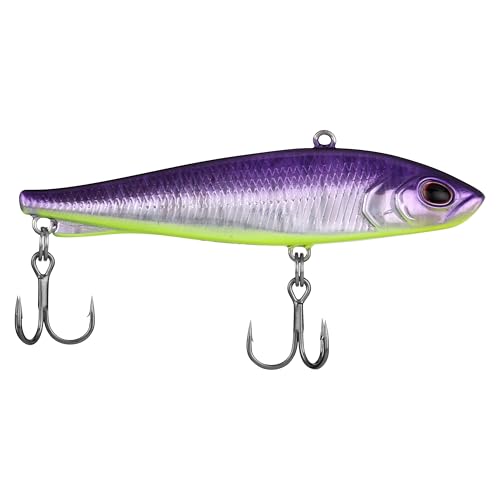Before you pop your bass canoe on top of your car or truck, you need to make sure that it will stay there as you wing down the road at 60 mph. I have a Ranger XLT and it fit my canoe just fine. I would strap it from the front and the back with just enough room on the small roof to place 4 foam blocks to stabilize it as you can see from the photo on the right.

Note that the straps pull directly against the center, pulling the canoe down against the foam blocks on the roof. However, it was always a tough job to hoist this 83 pound beast up to the top – not so much from the weight but because it was awkward and unbalanced.
At the Bass Pro Shops spring fling, I bought an attachment that fits into the trailer hitch (see other article) and makes it easy to get the canoe onto the roof. The problem is that the orientation of the canoe makes it difficult to tie down using the normal front and back method. The key problem was that the back of the canoe extended beyond the hitch – making the angle of the straps to the rear have to come back towards the truck as opposed to directly pulling against the front. The mount would vibrate and cause the strap to loosen.
The challenge was to fix this – so I decided to attach some U bolts into the aluminum strap that runs around the top of the canoe. With these in place, I can maintain the “triangle” stress – and keep the boat firmly on top with the force directed down.

The first step is to drill some holes for the bolt to go thru. I purposely drilled the holes closer to the bottom edge – when upside down, I wanted more metal between the holes and the normal top of the canoe to allow for a tight strap. The fact that these holes are not even is just because I screwed that up.

At first, I figured, I would just pop the Ubolt thru the holes and tighten the nuts on the other side. What I did not count on was how soft the aluminum would be. It became clear as I tighted the bolts, that the hard steel would eventually just cut thru the material – I needed a different solution.

What I settled on was to go buy another set of Ubolts just to get the steel plate. Then, I could put a plate on each side. The pressure on the plate will distribute the force across a wider area and, hopefully, keep the bolt from pulling thru.

The plate goes on the other side as well. I elected to use jam nuts with a split washer in an attempt to make sure these do not vibrate off. We’ll see how it goes this summer and I’ll update you with any school of hard knocks stories on this approach.
I decided to have one set of the Ubolts facing inward and the other outward based on where I wanted the stress to go. I chose to have the ones over the roof that had the center strap face out and the Ubolts over the bed face in. The outward facing will pull the canoe tight against the roof with the force directed down with a squashing motion. The inward over the bed will tend to pull the sides of the canoe towards each other – putting tension on the strap that will keep it tight. I may adjust that when I see how the canoe reacts to movement.
I just discovered that Amazon sells a nice set of tiedown straps – makes the attachment to your car or truck even easier – Tiedown Straps
Unless stated otherwise, this article was authored by Steve Moore


